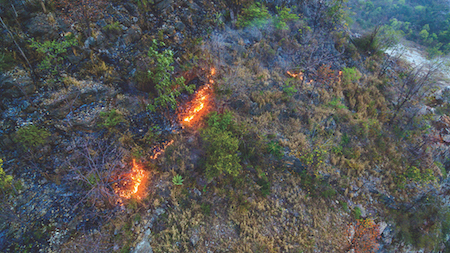The notice to airmen (NOTAM) states that it will be effective until February 2018, and is a prohibition on all aircraft, either manned or unmanned, that are not involved in the firefighting efforts, blanket banning flying from the surface up to 6,000 feet altitude.
However, drones that are involved in the relief efforts have shown the world the potential of unmanned aviation, not only in these fires, but also during the hurricane season earlier this year. Drones have been used to assess flood and damage, identify stranded victims, provide planning assistance for protection against future events, and even help the responders better allocate their resources. Furthermore, they have been essential to insurance, with their ability to significantly speed up the process and sort out claims.
Rogue operators are still a problem, especially if they are interfering with the official disaster relief efforts, or police and fire departments. In these circumstances, the hard stance taken by the FAA of large fines for violators can be well understood, though it is often the case that operators of consumer drones are not fully aware of their responsibilities or local flight restrictions. Engagement and education is required at all times to progress the drone industry.


.jpg)
.jpg)
.jpg)

.jpg)
.jpg)



.jpg)